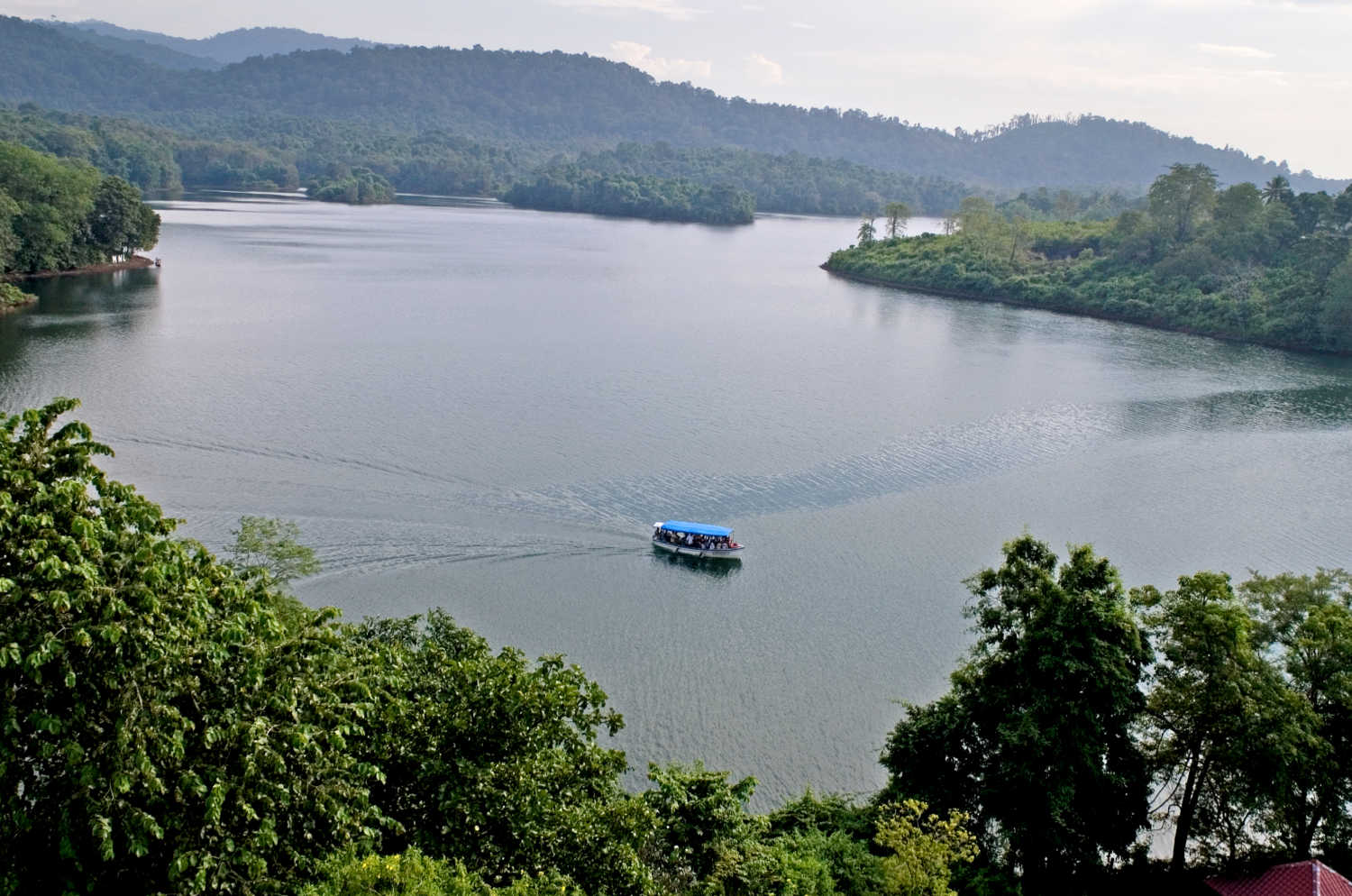Kerala
God's Own Country At a Glance
Introduction
Kerala is on the southernmost tip of India. It stretches along the coast of the Arabian Sea and is separated from the rest of the sub continent by the steep Western Ghats. The state lies between 80 18 ' and 120 48 ' north latitude and 740 52' and 770 22' east longitude.
Kerala enjoys unique geographical features with the Arabian Sea in the west, the Western Ghats towering 500-2700 m in the east and networked by forty-four rivers, 34 lakes, canals, ponds, paddy fields that have made it one of the most sought after tourist destinations in Asia. An equable climate, a long shoreline with serene beaches, tranquil streches of emerald backwaters, lush hill stations and exotic wildlife, waterfalls, sprawling plantations and paddy fields, ayurvedic health holidays enchanting art forms, magical festivals, historic and cultural monuments, exotic cuisine, all of which makes Kerala a unique experience.
For administrative purpose, the state of Kerala is divided into fourteen districts. Almost all the districts are excellent tourist destinations.
History
Kerala's history is closely linked with its commerce, which until recent times revolved around its spice trade. Celebrated as the Spice Coast of India, ancient Kerala played host to travellers and traders from across the world including the Greeks, Romans, Arabs, Chinese, Portuguese, Dutch, French and the British. Almost all of them have left their imprints on this land in some form or the other and that has helped us mould and design our own special way of interacting with the world.
Geography
Kerala is divided into three geographical regions: Highlands, which slope down from the Western Ghats onto the Midlands of undulating hills and valleys into an unbroken 580 km long coastline with many picturesque backwaters, interconnected with canals and rivers. The wild lands are covered with dense forests, while other regions lie under tea and coffee plantations or other forms of cultivation. Most of the state is engulfed in rich greenery which ensures a very calming experience at all times.
Seasons
Bestowed with a pleasant and equable climate throughout the year, Kerala is a tropical land where one can relax and be at ease. The Monsoons (June-September and October-November) and summer (February-May) are the seasons markedly experienced here, while Winter is only a slight drop in temperature from the normal range of 28-32°C. The generally pleasant climate prevalent here is what our guests end up loving.
Economy
In 2016-17, the economy of the State of Kerala was adversely affected by a combination of natural and policy created factors. These varied factors form a medium-term deceleration in growth to a decline in primary commodity prices. Further, the departure from normal rainfall during the period from 1st June 2016 to 30 September 2016 (that is, coinciding with the period of the southwest monsoon) was 34 per cent, and the departure from normal rainfall during the period from 1st October 2016 to 27 December 2016 (northeast monsoon period) was 61 per cent. It is now clear that this cumulative shortfall in rain has caused drought conditions in Kerala that will continue at least till the next southwest monsoon.

Facts
Location : Southwestern tip of India Area : 38, 863 sq km. Population : 3,33,87,677 Capital : Thiruvananthapuram (Trivandrum) Language : Malayalam;English is widely spoken Religion : Hinduism, Christianity, Islam Time : GMT +5:30 Currency : Indian Rupee Climate : Tropical Summer : February - May (24 - 330C) Monsoon : June - September (22 - 280C) Winter : October - January (22 - 320C) Literacy : 93.91% Sex Ratio : 1084 females per 1000 males
Major Cities
Thiruvananthapuram (Trivandrum) Kollam (Quilon) Kochi (Cochin) Thrissur (Trichur) Kozhikode (Calicut)